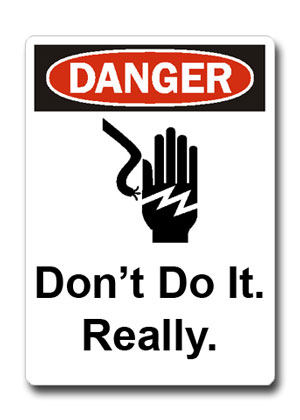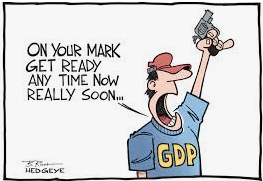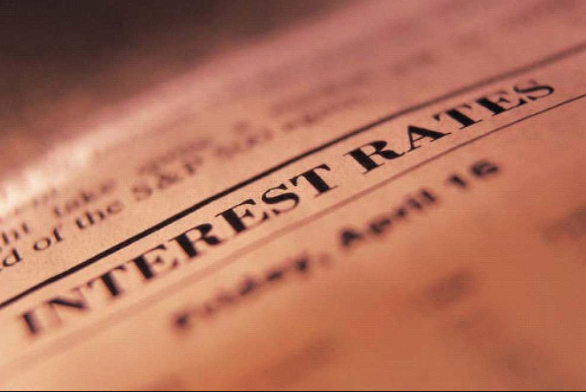After two strong market performance days, Tuesday is looking like yet another reversal with U.S. equity futures in the red ahead of the market open. The Dow, Nasdaq and benchmark S&P 500 all finished higher by more than 1.3% in Monday’s trading session and after the White House revealed the budget. President Donald Trump unveiled the country’s latest budget, with the White House calling for $3 trillion in deficit reduction, which would include $1.7 trillion in mandatory spending cuts, while proposing to cut discretionary spending by 2% a year after 2019. The program also calls for cuts to programs like Medicare, in addition to an increase in military spending and funding for Trump’s proposed wall along the Mexican border.
It’s St. Valentine’s Day tomorrow but for the equity markets it’s a much more impactful day as the economic data calendar reins supreme.

The Consumer Price Index, Core CPI and Retail Sales are due out tomorrow and many investors will be keying off of the CPI data for signs of inflation. In past years, the CPI data would come and go with nary a glance, but in light of rising bond yields, it has become the hot button topic within a litany of weekly economic data. Today’s economic data calendar is light with the NFIB reading already reported. The index of small-business optimism from the National Federation of Independent Businesses climbed two points to a reading of 106.9 in January. The headline number was stronger than the 105.5 reading forecast by economists surveyed by Econoday. The January rebound puts the index just shy of the November reading that was the second highest in the survey’s 45-year history.
After rising to a level of 50 last week, the VIX has since relaxed and was down roughly 10% yesterday to around 26. The 115% intraday rise in the VIX last week has now been cut in half, but investors do expect more volatility in 2018 than in 2017 when the VIX median reading was right around 11.
“The options market is certainly pricing in increased volatility going forward,” said Stacey Gilbert, market strategist at Susquehanna Capital Group, on “Trading Nation.” At the beginning of the year, the options market was pricing in a 1.5 percent move on the S&P 500 twice this year. Now, options suggest that kind of move twice a week. Options are really saying what was supposed to be somewhat of an outlier event is now going to be something that we’re expected to see a lot more often.
Going into Tuesday’s trading session and with U.S. equity futures sharply lower, the VIX is signaling greater volatility on the day with the fear index up some 6% thus far. VIX futures are also sharply higher going into tomorrow’s expiration of m1 VIX futures and the roll process.
Moreover, with last weeks massive volatility spike, and subsequent termination of Credit Suisse’s XIV (Exchange Traded Product), volatility traders are crying foul. A whistle-blower told U.S. regulators that a scheme to manipulate the VIX costs investors hundreds of millions of dollars a month. In a letter Monday the unnamed whistle-blower says that he found a flaw that allows traders “with sophisticated algorithms to move the VIX up or down by simply posting quotes on S&P options and without needing to physically engage in any trading or deploying any capital.” Billions in purportedly ill-gotten profits have been scooped up by “unethical electronic option market makers,” according to the letter. The CBOE responded to the letter by stating the following:
“We take our regulatory responsibilities and the oversight of our markets very seriously,” Cboe, the Chicago-based exchange that controls the VIX, said in a statement. “This letter is replete with inaccurate statements, misconceptions and factual errors, including a fundamental misunderstanding of the relationship between the VIX Index, VIX futures and volatility” exchange-traded products. “As a result of these errors, we feel the conclusionary statements contained in this letter lack credibility.”
Despite the headlines surrounding volatility and the recent whipsawing in equity markets, most analysts still believe the S&P 500 will finish the year sharply higher from where we are in February. Mark Tepper of Strategic Wealth Partners expects stocks to end the year higher and anticipates the S&P 500 surpassing 3,000 before the next recession. The median year-end price target on the S&P 500 among brokerage firms sits at 3,000. UBS has the highest target and expects 3,150 by the end of 2018, and Morgan Stanley the lowest at 2,750.
Tags: SPY DJIA IWM QQQ VIX









